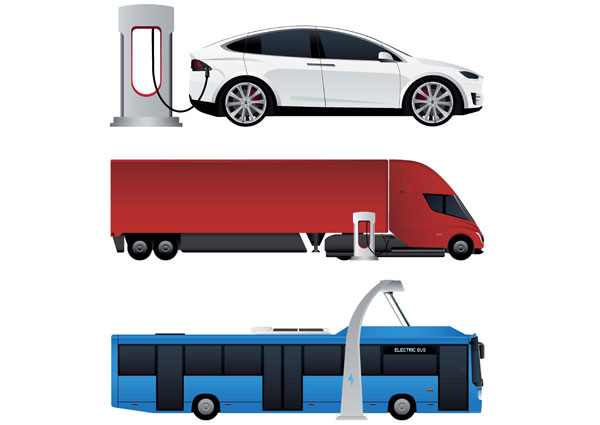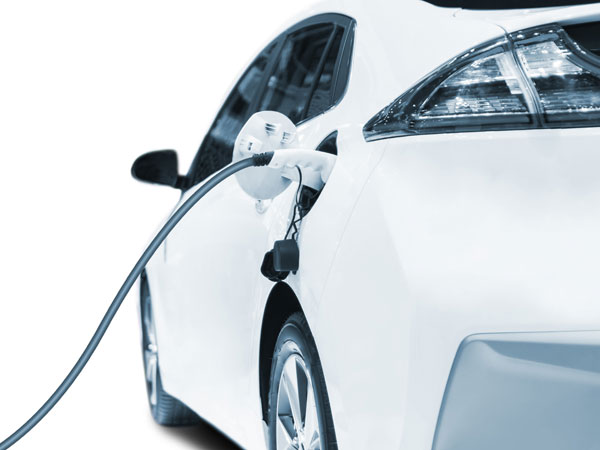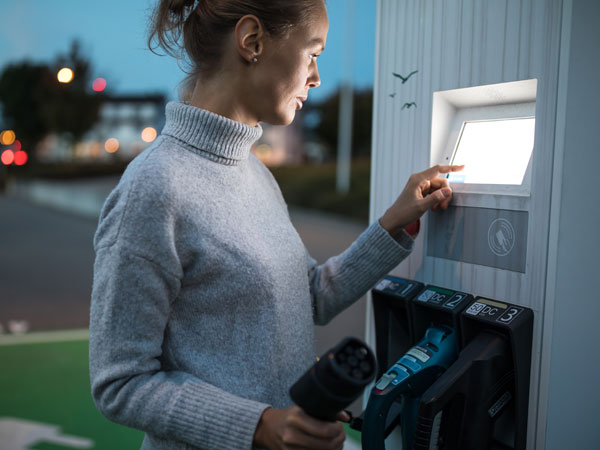Achieving road traffic electrification targets set in the Norwegian National Transport Plan will be very demanding (and expensive), but it can be achieved.
This is the conclusion in a new TØI report that analyzes the possibilities and conditions for achieving the ambitious emission targets for the vehicle park set in the Norwegian National Transport Plan. The report was commissioned by the Climate and Environment Ministry of Norway as part of the Climate Change report.
The National Transport Plan confirms the Government’s goal that all new passenger cars, light vans and new city buses should be zero-emission vehicles by 2025. By 2030, all new heavier vans, 75 percent of new long-distance buses and 50 percent of new trucks will be zero-emission vehicles. So, what is realistically possible, and how to get there?

“The biggest technological and practical challenges are range, charging speed and charging infrastructure”, says Erik Figenbaum, TØI. Photo: Shutterstock
Passenger cars most demanding
According to Chief Research Engineer Erik Figenbaum at the Norwegian Centre for Transport Economics the goal for the passenger car target is the most demanding.
“The biggest technological and practical challenges are range, charging speed and charging infrastructure. In addition, the car’s luggage space and possibilities for roof rack and tow bar also matters to consumers”, Erik Figenbaum explains.
Some user groups can be difficult to persuade to choose an electric car and consequently must be “forced” by the authorities. That again will require very strong incentives, restrictions or increased taxes on petrol and diesel cars. The marginal cost of “forcing” the last users onto electric vehicles will be high.
An extensive development of charging infrastructure, which in some areas will not even be profitable due to great variability in needs throughout the year, must be established. This to a high cost for the authorities in the form of unnecessarily large tax losses and a need for subsidizing charging infrastructure. And it may not even be fully successful.
“Hydrogen cars will, to a very limited extent, be able to contribute to the 2025 target. But few models on the market and low production volumes limit the potential, not to mention the development of a nationwide infrastructure”, Erik Figenbaum states.

Photo: Shutterstock
Zero-emission light and heavy vans achievable
For light vans the goal may be achievable relative to developments in light vans’ reach and loading time. Small vans have the same type of technology as passenger cars, and there is room for about the same amount of batteries. The range will be sufficient for the application of most small vans.
It is assumed that the large electric vans will follow the development of the small electric vans, time-delayed by up to 5 years. Adequate incentives for electric vans and charging infrastructure are required and / or increased fees on diesel vans.
A minor increase in costs, but reachable in city-buses
The goal for city buses is reachable too. However, bus operating costs may increase due to the fact that five to ten percent more buses may be needed to handle the same transport work – especially on heavily trafficked routes when the buses need to charge the batteries during the day. This will increase the total costs, although the cost per bus may become competitive by 2025.
Active use of environmental requirements in the tender criteria will be necessary as well as adequate charging infrastructure.
“Electric city buses are in operation today, and I cannot see consumers accepting fossil buses in the future”, says Erik Figenbaum.
A potential market for hydrogen vehicles
The targets for trucks and long-distance buses are far more uncertain since zero-emission variants of such vehicles are not available in regular series production yet. Consequently, no relevant user experience exists.
“In these segments, where regular series production vehicles are not yet available, hydrogen can play an important role.”
“Nevertheless, the choice of private and commercial vehicles is a voluntary matter. Therefore, one cannot get a guaranty that the goals can be achieved”, says Erik Figenbaum.

Photo: Shutterstock
A summary of the report:
https://www.toi.no/getfile.php/1352308/Publikasjoner/T%C3%98I%20rapporter/2019/1744-2019/1744-2019_Summary.pdf
 Contact:
Contact:
Erik Figenbaum
efi@toi.no
TØI Institute of Transport Economics, Norway






Follow us: